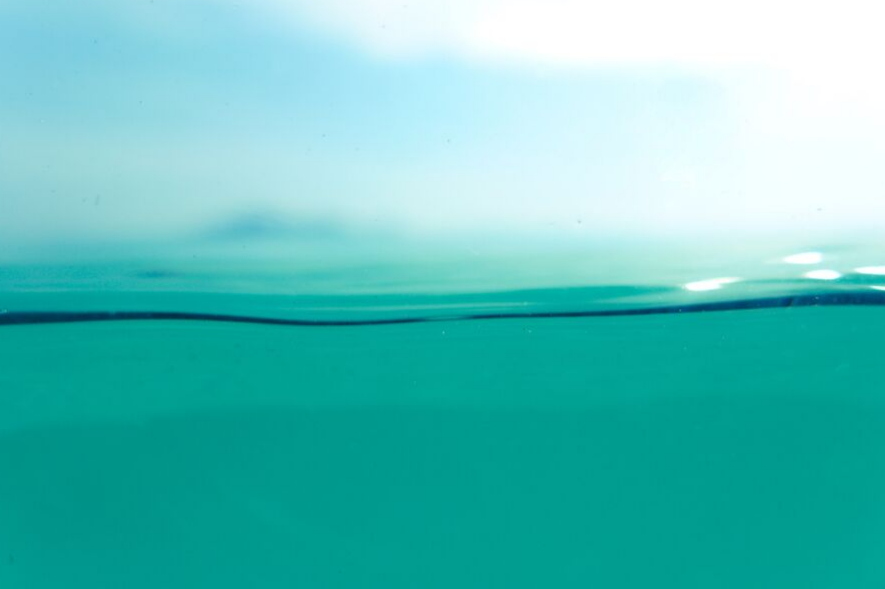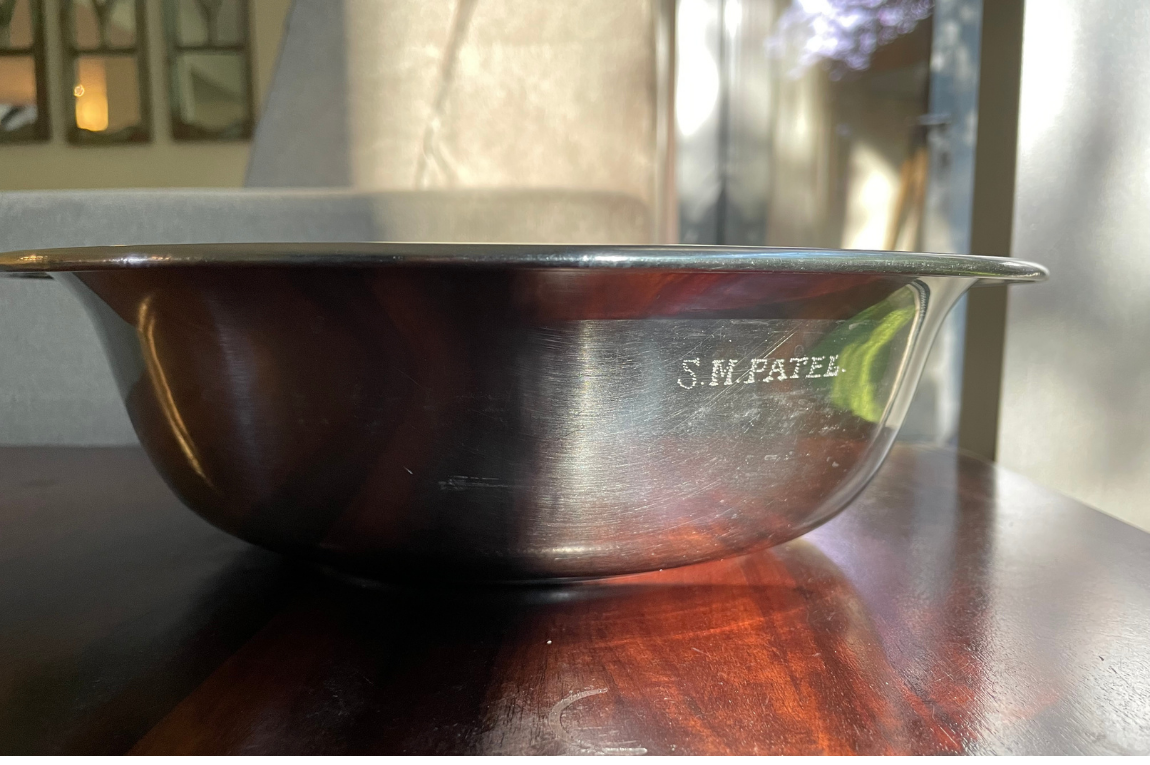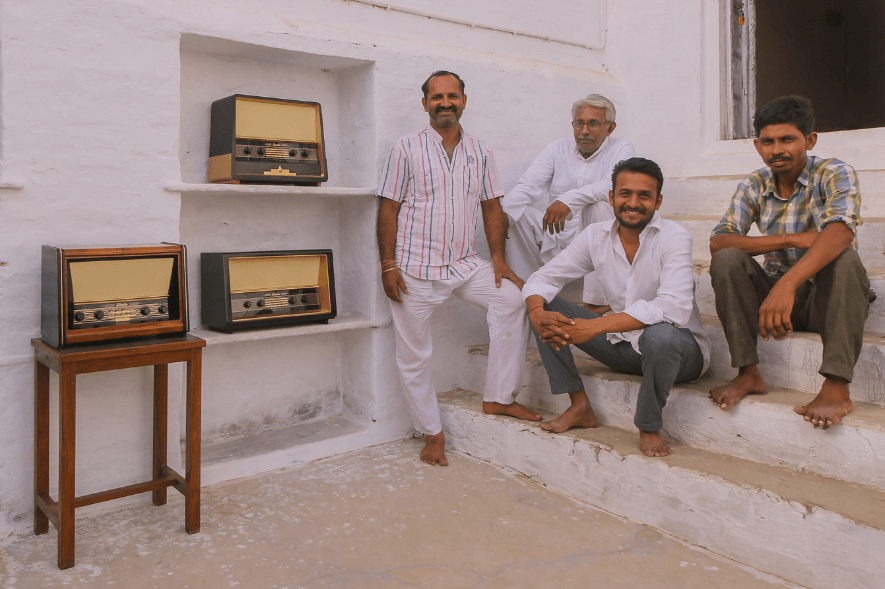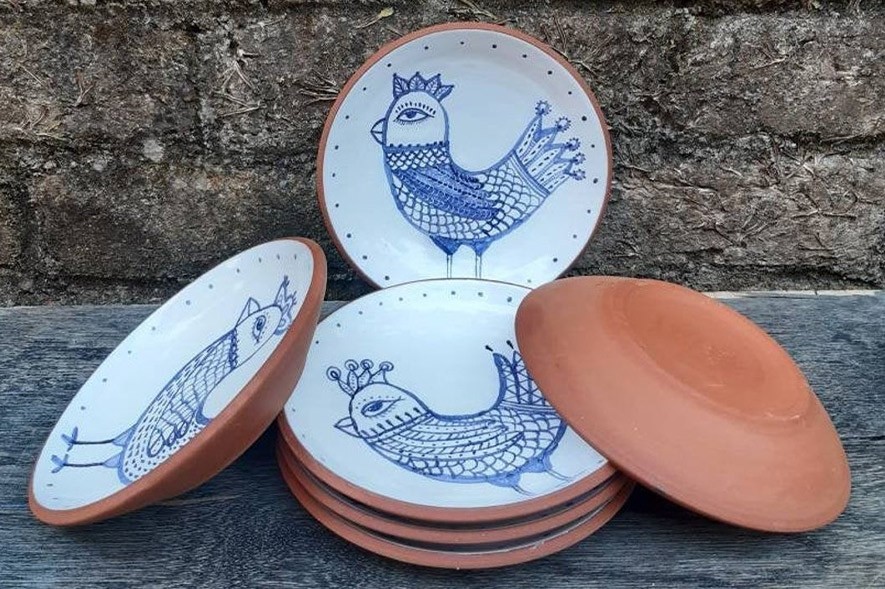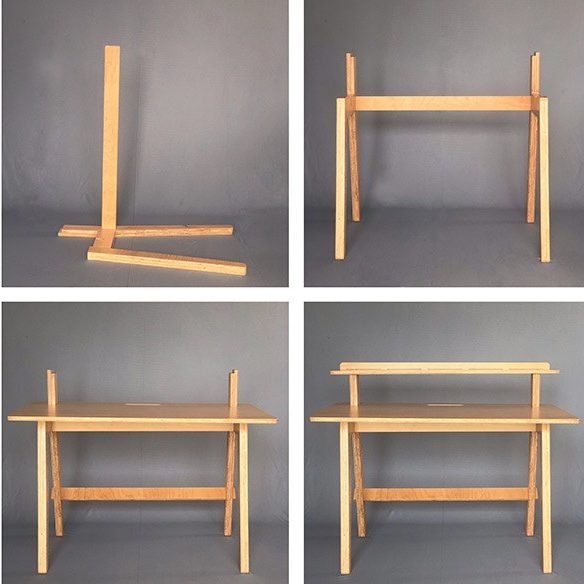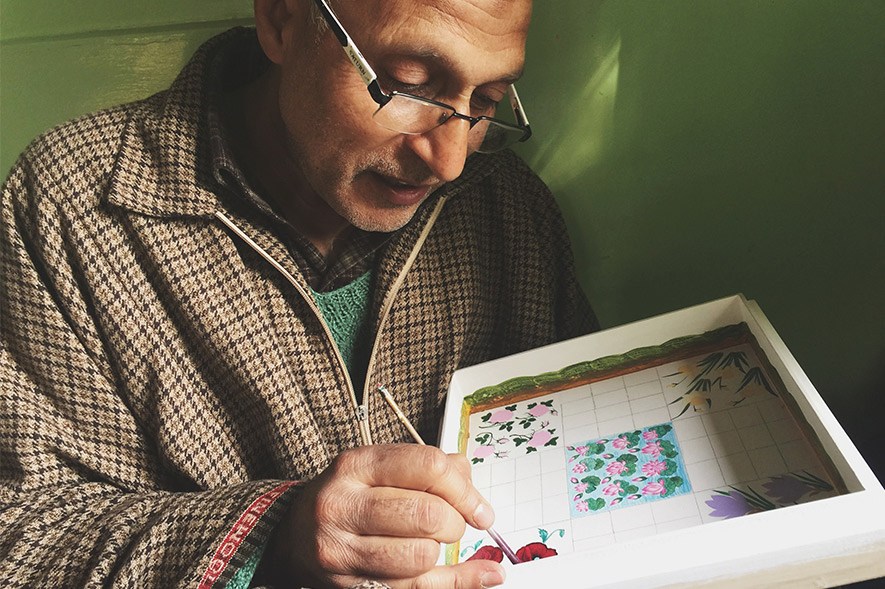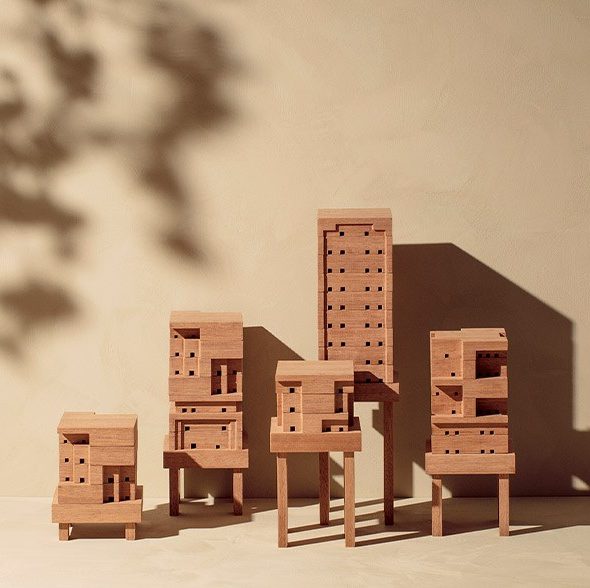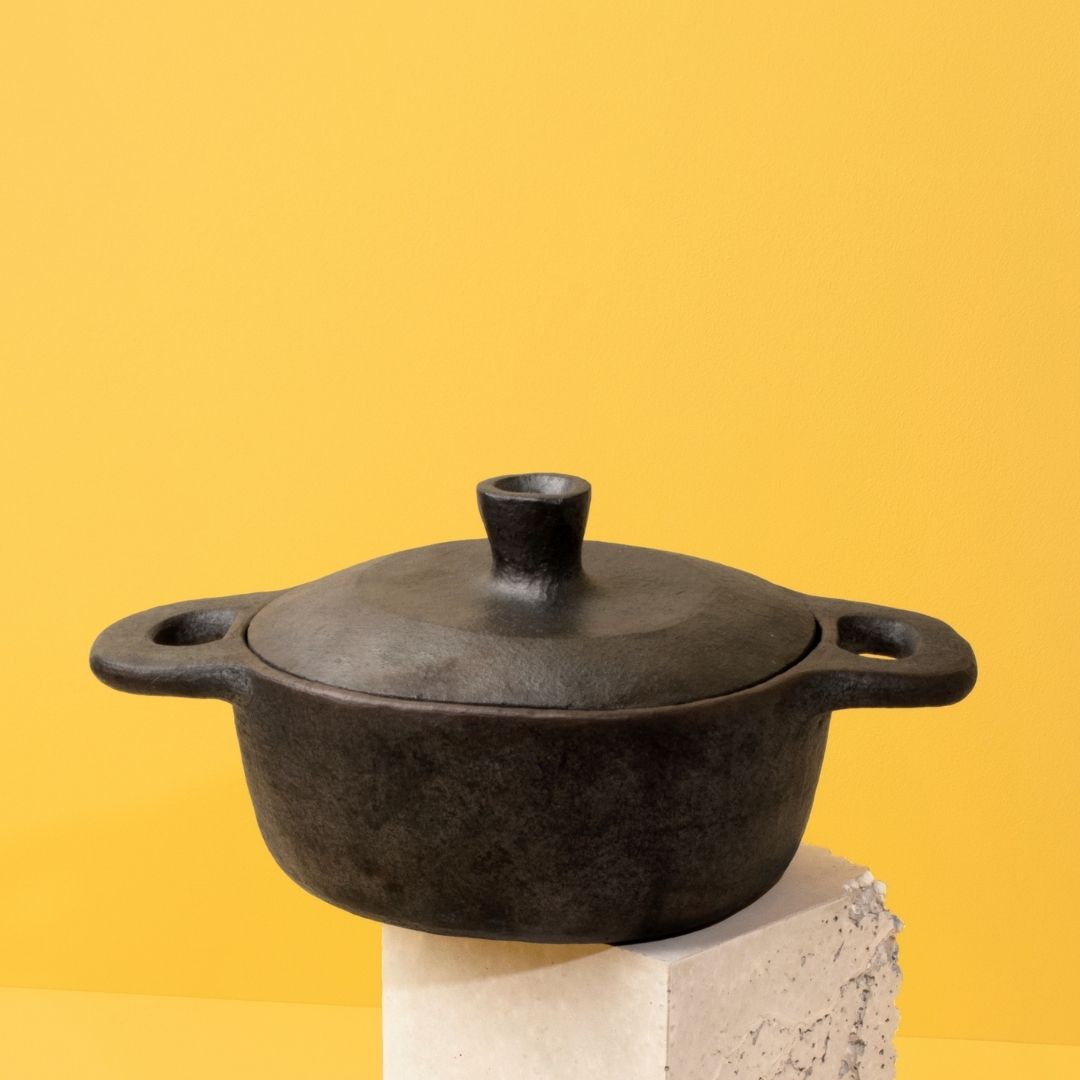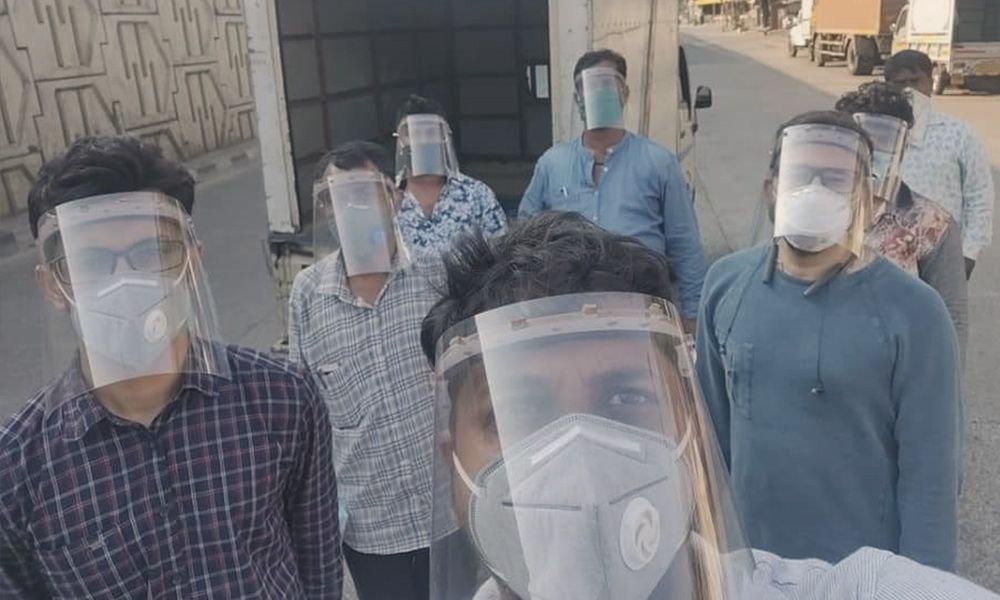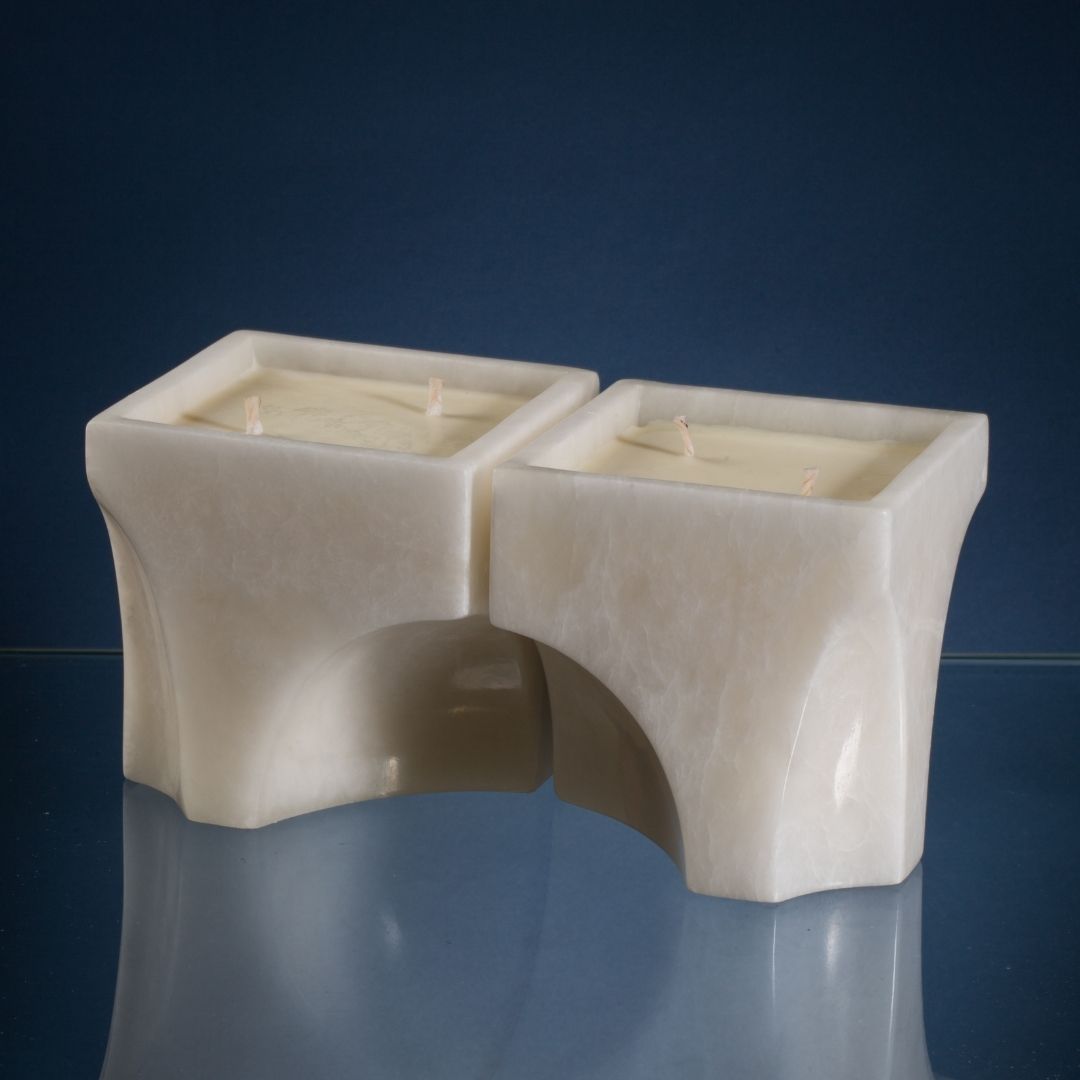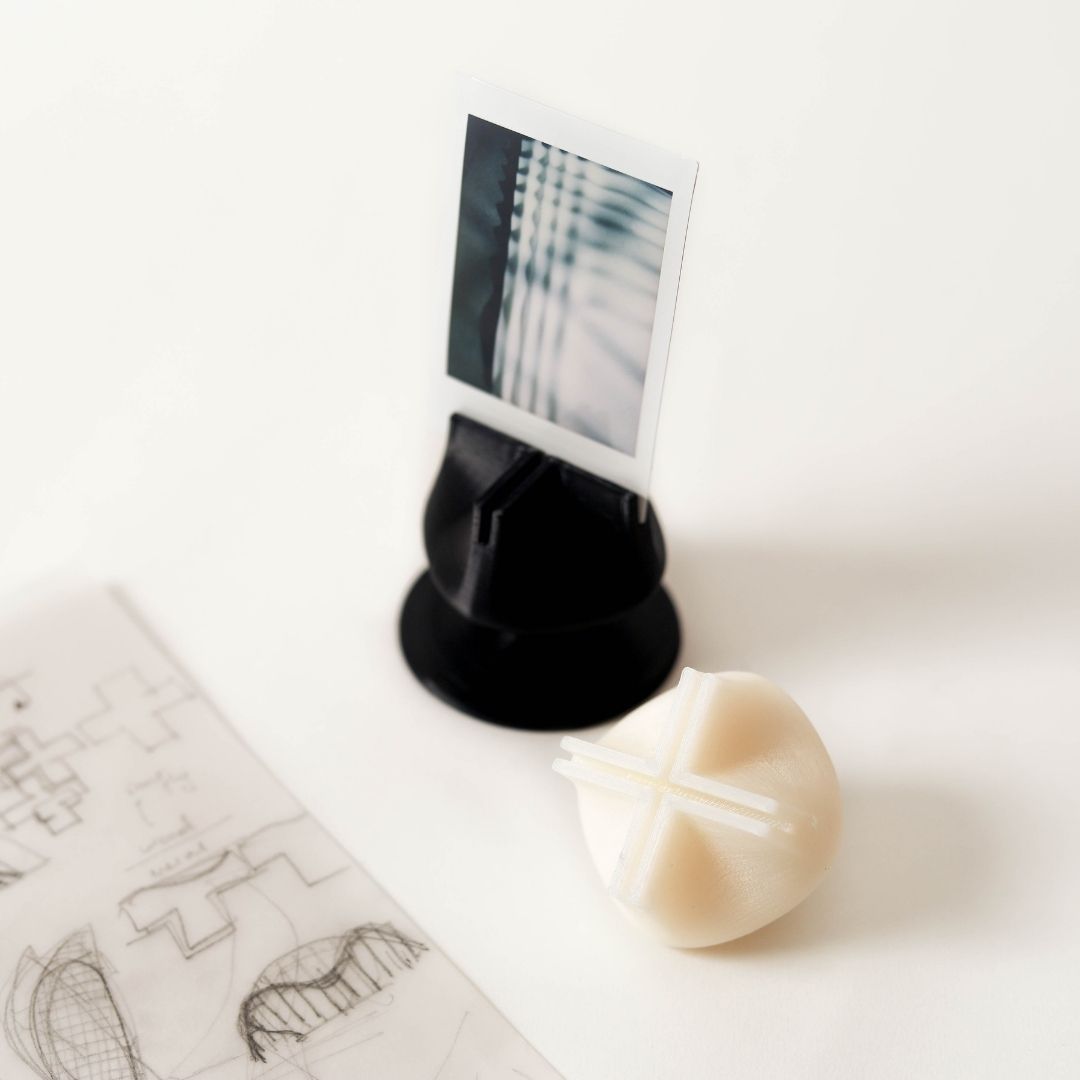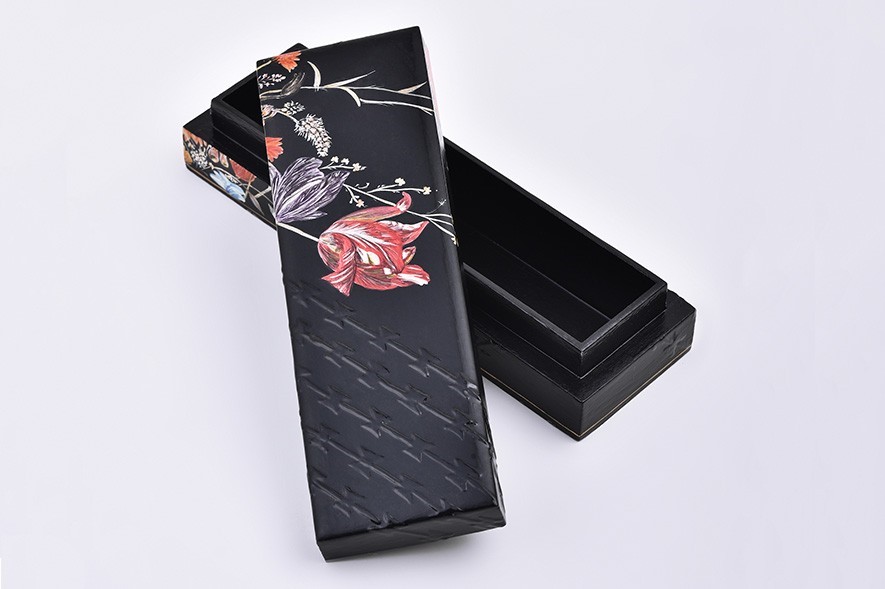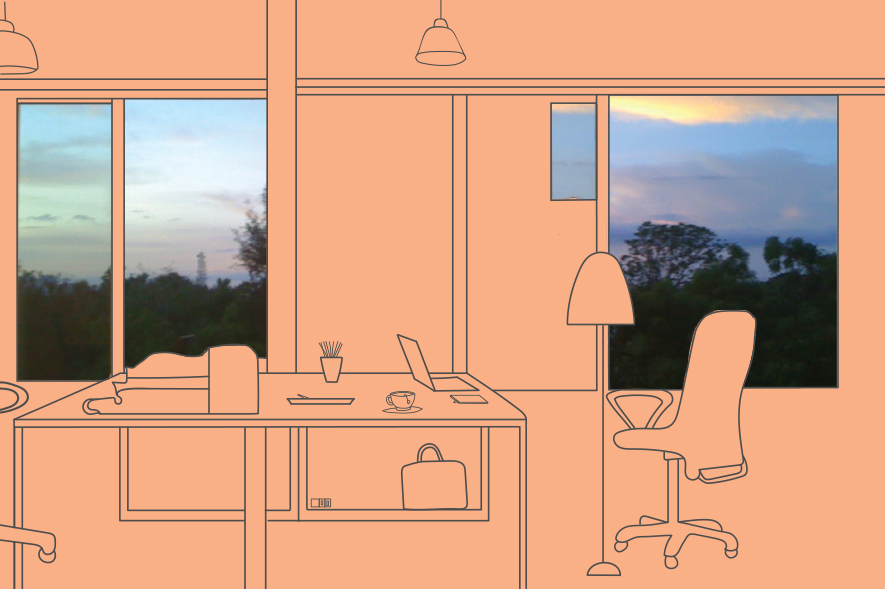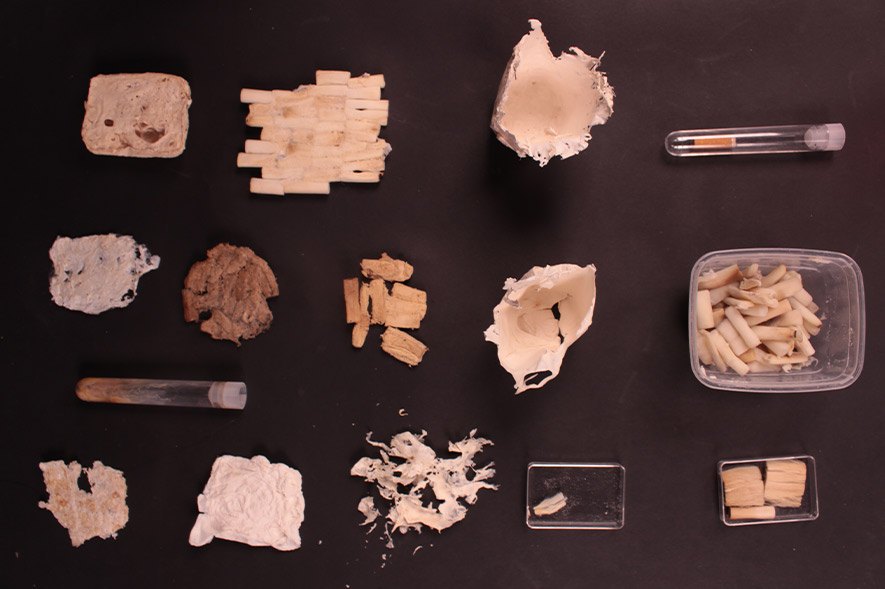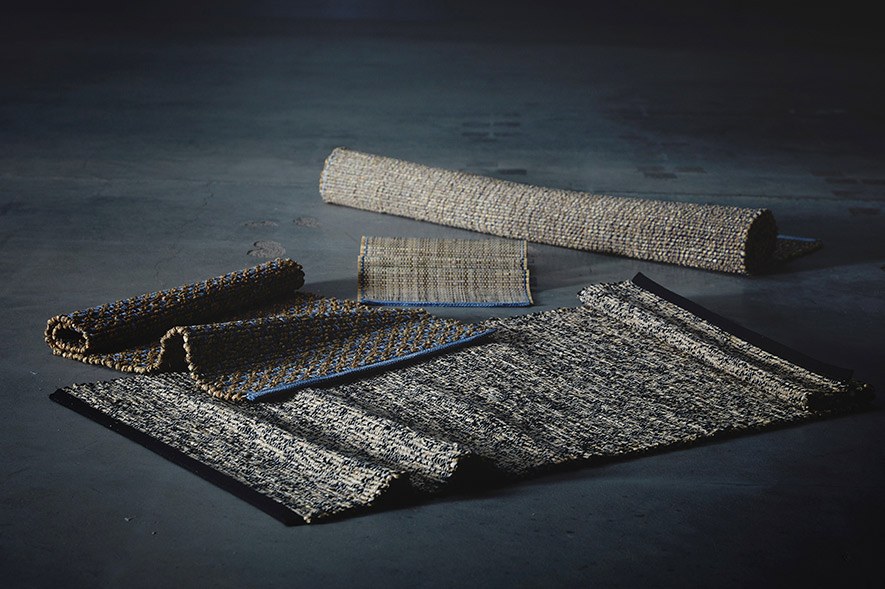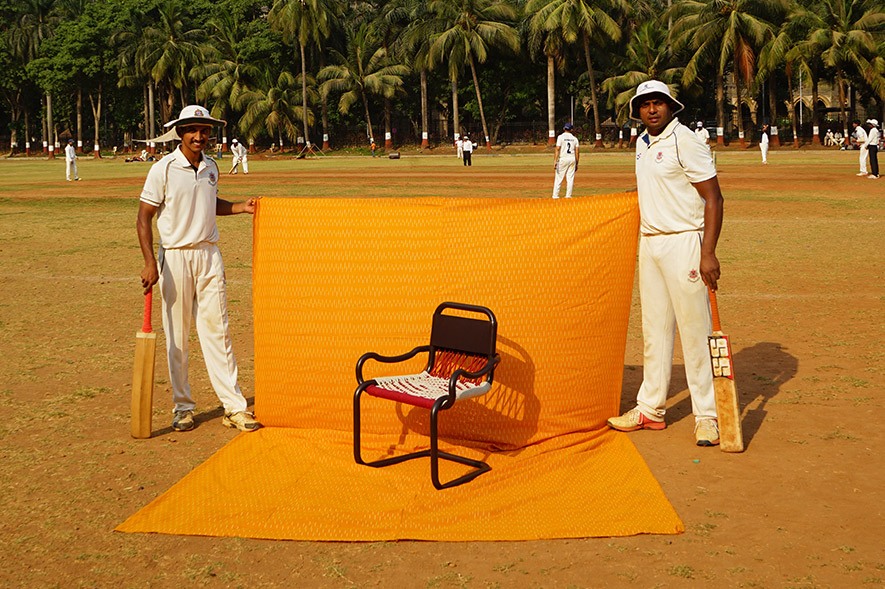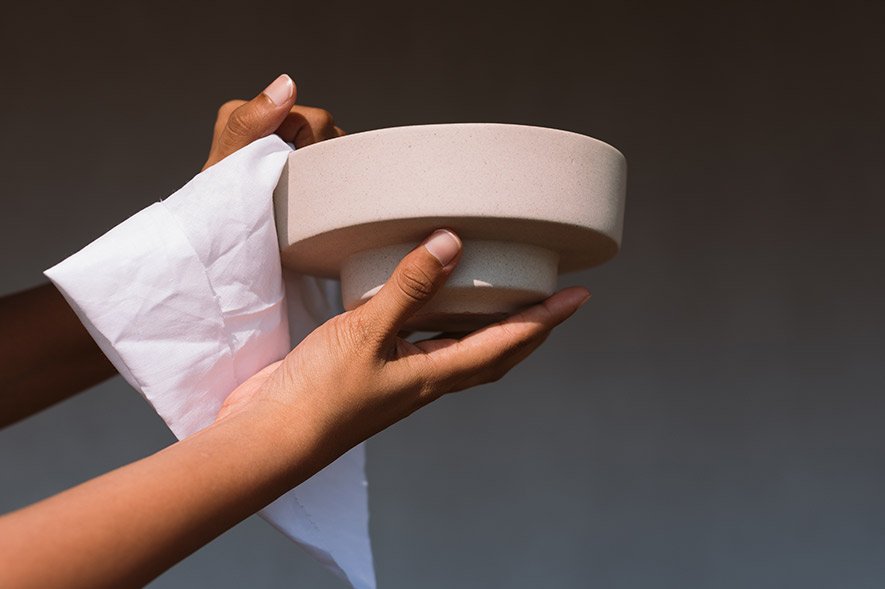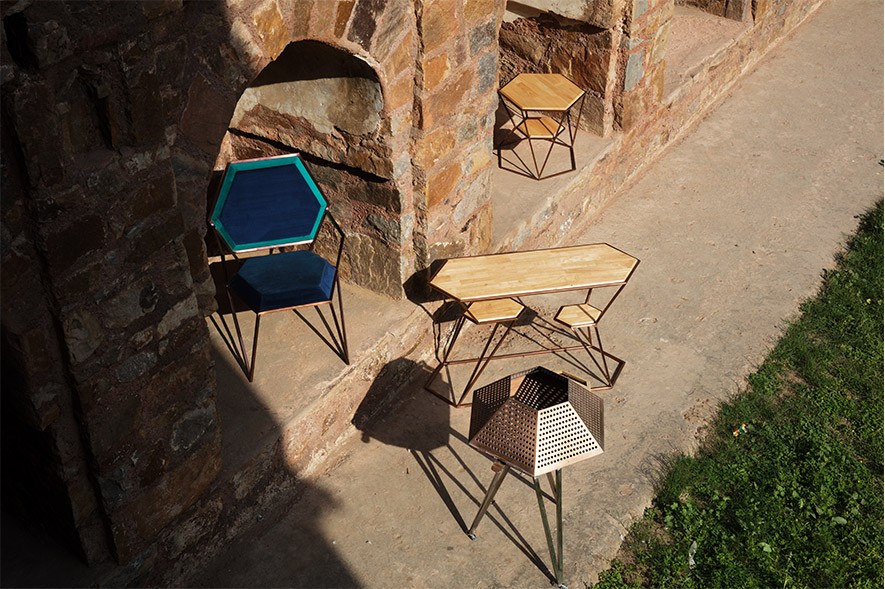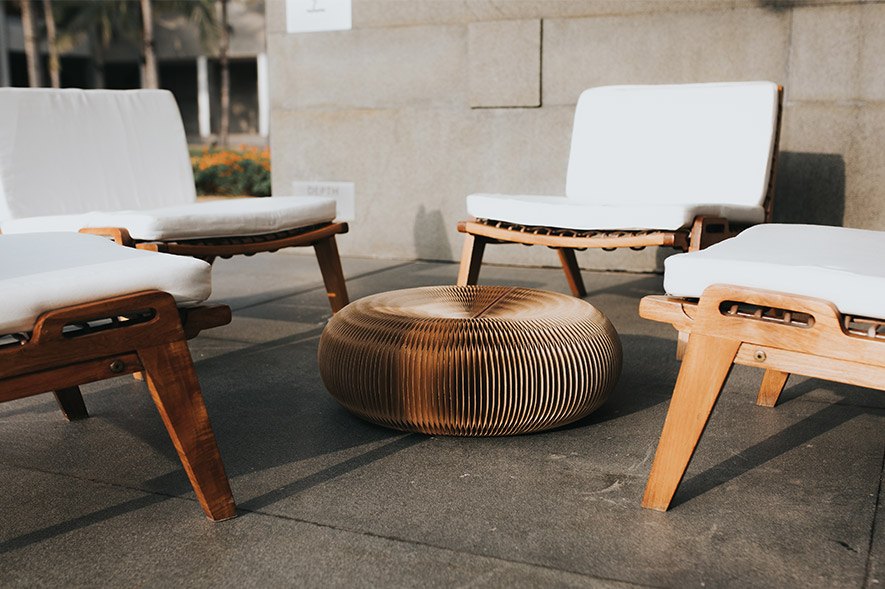Erratic rainfall patterns, a looming water crisis, and the consequences of climate change are palpable in India and across the world. Now more than ever, it is paramount that we pay attention to the way we use water, and take steps to make our consumption more effective. While little things like turning the tap off while brushing your teeth or fixing faucet leaks can go a long way to conserve water, good design can offer more long-lasting and impactful solutions.
Uravu Labs, a Bangalore-based research lab set up in 2016, has been developing aquapanels which — simply put — harvest water from thin air using solar energy. CEO Swapnil Shrivastav, who graduated as an architect in the same year, takes us back to where it all began. The prototype, he explains, was based on a Peltier device — essentially a thermo-electric cooler that uses humid air, blown over a surface at a certain low temperature, to condense the water vapour. “But in these devices, the power consumption and water cost is very high, and the performance isn’t good in low humidity,” he says. “We were looking for more viable options because when we visited rural [areas] in Gujarat, we realised that energy infrastructure is quite absent. We started looking for something simpler [that] can be powered by solar energy, and that’s how we got to the current concept.”
To understand the product and its miracle-working wonders, we need to take you through a short science lesson. Called EVA, the aquapanel is based on a chemical process called ‘adsorption’ using a silica-based dessicant material, with a very high affinity for water vapour. This dessicant material is left out overnight to absorb water vapour from air. Every gram of the material has an internal surface area of around 800 square metres, which means there’s enough room to store all the water droplets inside the structure. During the day, when the sun is out, the material heats up to around 70-80ºC. At this temperature, it begins to convert the droplets back into vapour, much like steam, which is then condensed with a cooling device. This collected water lacks several essential minerals required for potable water, so it is passed through a mineral cartridge, which makes it fit for consumption. In a single night, Shrivastav tells us, the aquapanel collects four to five litres of water per square metre.
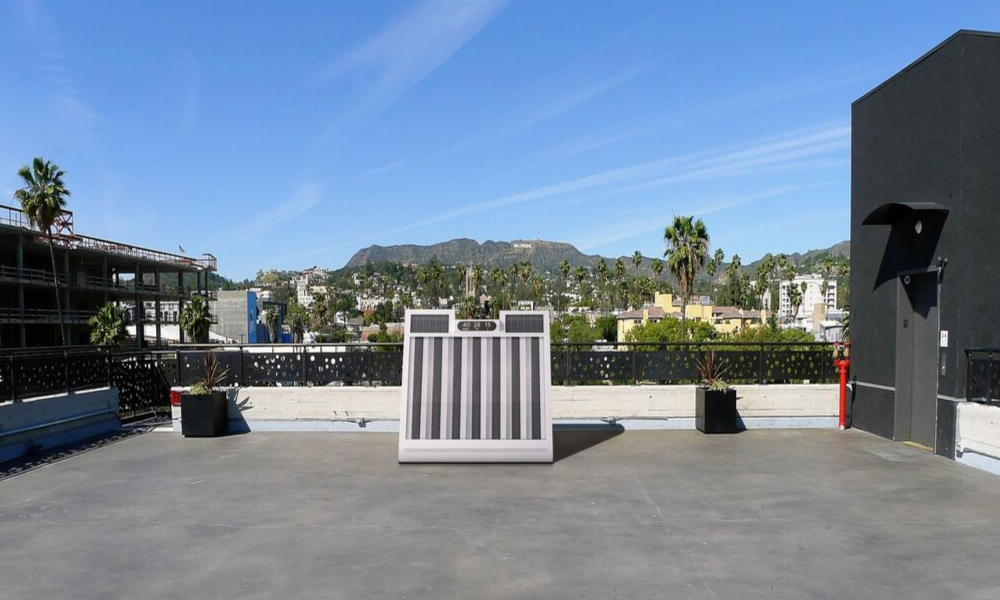
Design plays a crucial role in this set-up, and as Shrivastav emphasises, it’s much more than just aesthetics. “Water is a utility we take for granted,” he says. “Water has always been out of sight, out of mind, [but] if you can transform it [into] a ‘product’, which an individual can own and use daily and [which] is providing some value to them on an everyday basis, we will also start [valuing] water. This is where design plays a role — we are making something more tangible for the end user.”
There are similar products in the market that convert air into water, but according to Shrivastav, EVA has an energy-efficient edge. “Other competitors like WaterGen [from Israel] and Watermaker India use a condensation-based cooling technology which requires a compressor and is electricity-powered. That’s highly power consuming, and not effective in low RH (relative humidity) conditions,” he explains. “We, on the other hand, use solar thermal energy to drive the process, and then condense the desorbed water vapour at ambient air conditions without using any refrigerant-based system. This hugely lowers the cost and improves performance.”
While a patent is pending for Uravu’s product, the goal is to look at places with a high risk of water scarcity and drought. “Our aim is to ensure that at least drinking water is covered for these places,” Shrivastav says. In a country which relies heavily on groundwater and lacks the proper infrastructure for it, a decentralised system that makes water conveniently available in the remote areas is an ideal solution. Uravu has been testing it on rooftops and on the ground, in rural Haryana and in offices in Bangalore. They are also working on a pilot project with real estate developers to install it in villas in Hyderabad.
Installing a 15 to 20 litre system would, at the moment, cost three to four times the cost of a standard RO purifier. While the team is working to bring the cost down, it isn’t easy considering the various components involved. But once you install it, Shrivastav adds, there’s no daily operating cost and the total cost of ownership over a decade comes to a nominal ₹1.5-2 per litre. In comparison with rainwater harvesting systems and waste-water treatment systems, which are good solutions from a conservation perspective, Uravu’s EVA provides clean drinking water without having to rely on existing stores of water.
For those looking to conserve water at an individual home level, Shrivastav suggests installing a smart meter from companies like StreamLabs which tracks your water consumption and identifies leaks. At a time when every drop counts, going the extra mile might be more of a requirement than a choice, and well-designed smart technologies are nothing but a boon.
Jessica Jani was formerly part of the editorial team at Paper Planes. Find her on twitter at @_jesthetic.
Tell us what you think? Drop us a line.
